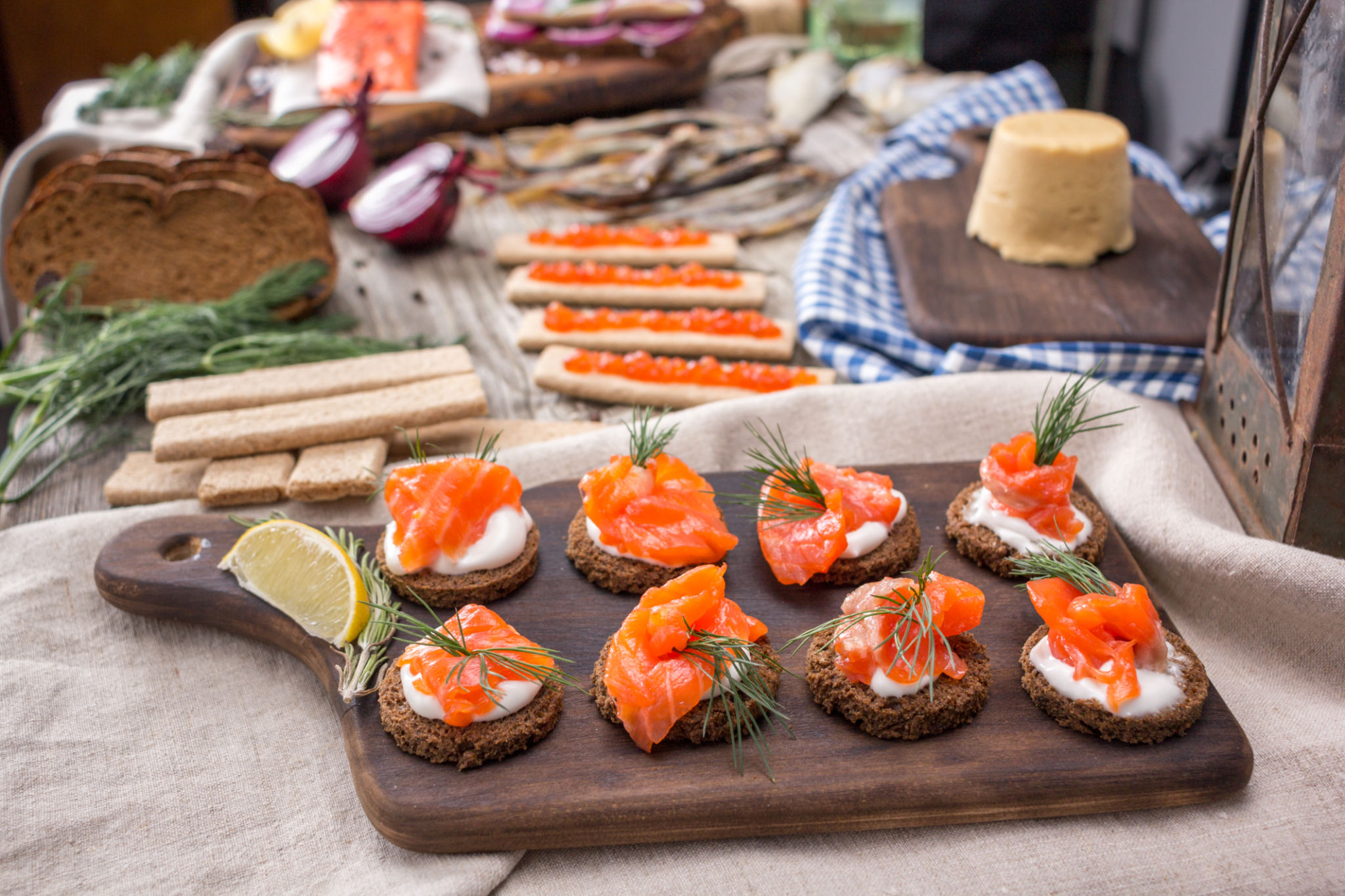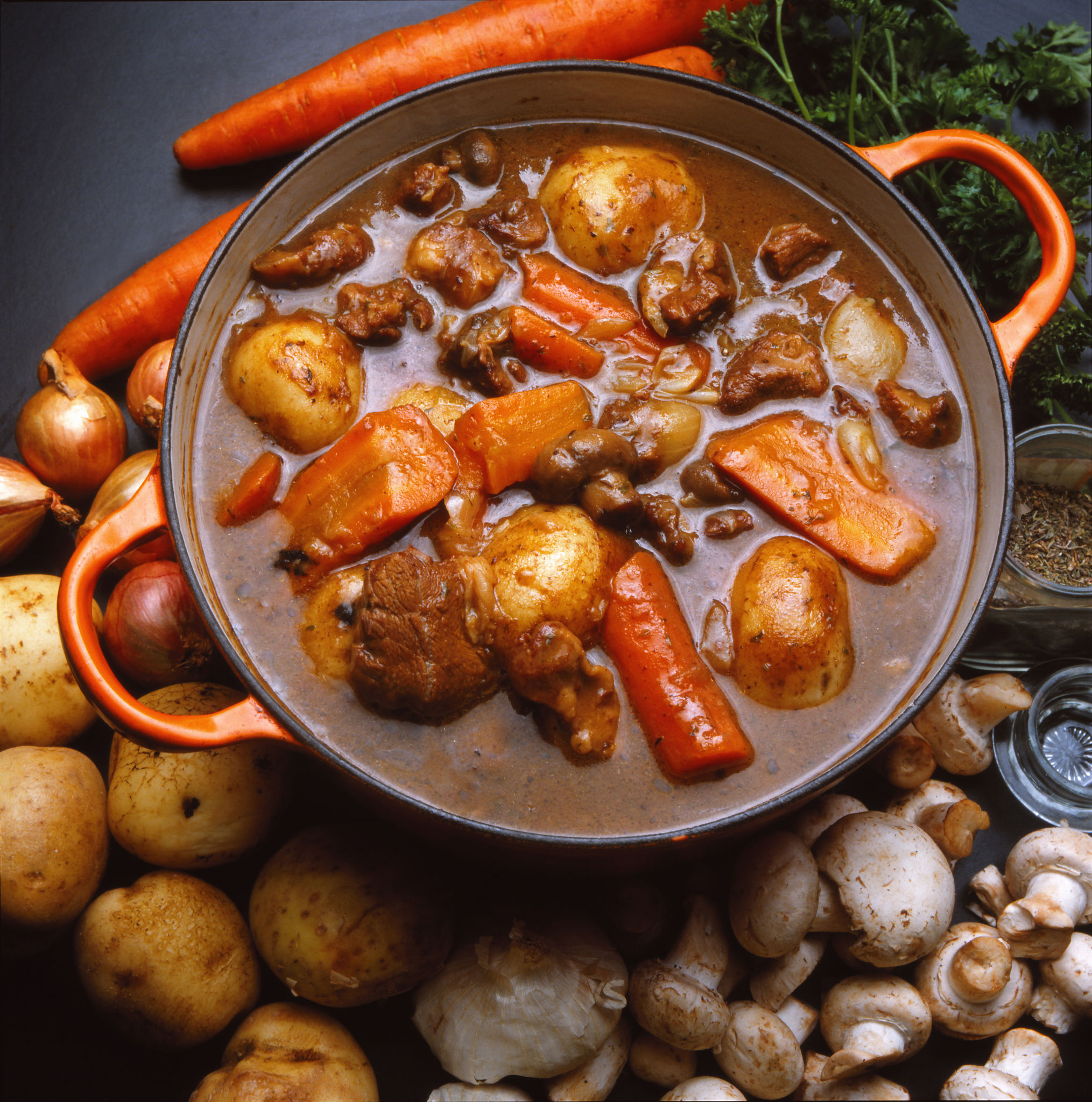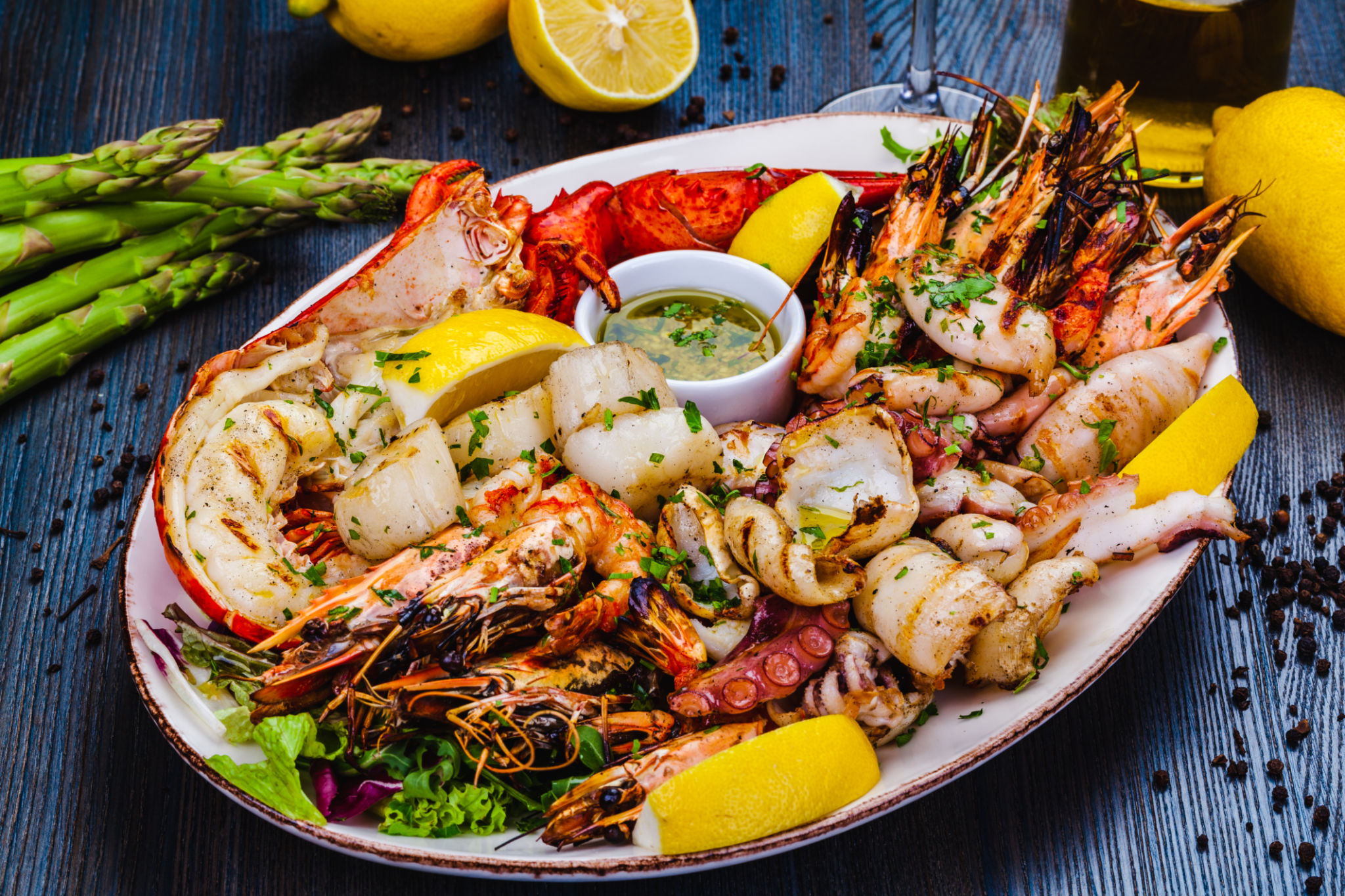Savoring Norway: Traditional Norwegian Dishes with a Global Twist
Norway, with its dramatic fjords and majestic landscapes, is equally renowned for its rich culinary traditions. From the hearty stews of the northern coasts to the delicate pastries of the southern regions, Norwegian cuisine offers a plethora of flavors that tantalize the taste buds. However, what makes Norwegian dishes even more intriguing is the modern twist they have embraced, blending traditional recipes with global influences.

The Classic Flavors of Norway
Traditional Norwegian cuisine is rooted in simplicity and the use of locally sourced ingredients. Dishes often feature fresh seafood, game meats, and root vegetables, reflecting the country's natural bounty. Some of the quintessential Norwegian dishes include rakfisk, a fermented fish delicacy, and fårikål, a comforting lamb and cabbage stew. These dishes highlight the rustic flavors that have been cherished for generations.
Rakfisk: A Fermented Delight
Rakfisk is a traditional Norwegian dish that involves fermenting raw fish for several months. Typically made from trout, this dish is often served with flatbread, potatoes, and sour cream. While its pungent aroma might be an acquired taste, rakfisk remains a beloved winter delicacy. Today, chefs are experimenting with rakfisk by incorporating it into sushi rolls, offering a unique fusion of Norwegian and Japanese culinary traditions.
The Hearty Fårikål
Fårikål, Norway's national dish, is a simple yet flavorful stew made with lamb and cabbage. Traditionally prepared during the autumn months, this dish is slowly cooked to allow the flavors to meld together beautifully. Modern versions of fårikål may include international spices or be served alongside couscous instead of the customary boiled potatoes.

Global Influences on Norwegian Cuisine
As the world becomes increasingly interconnected, Norwegian chefs have started to infuse global elements into their traditional recipes. This fusion has led to exciting culinary innovations that delight locals and tourists alike. The introduction of spices from Asia, cooking techniques from France, and ingredients from Latin America have all contributed to the evolving landscape of Norwegian cuisine.
Seafood with a Twist
Norway's coastline provides an abundant supply of seafood, which has been a staple in Norwegian diets for centuries. Today, chefs are reinventing classic seafood dishes by adding international flair. For instance, traditional gravlaks—cured salmon—can now be found with hints of wasabi or served alongside avocado salsa, offering a contemporary take on this beloved dish.

Norwegian Desserts Reimagined
No exploration of Norwegian cuisine would be complete without indulging in its delightful desserts. Known for their subtle sweetness and use of seasonal fruits, Norwegian desserts are often celebrated during festive occasions. Kransekake, a towering almond cake, is a popular choice for weddings and holidays.
The Reinvention of Kransekake
Kransekake is traditionally made from almonds, sugar, and egg whites, forming concentric rings stacked to create an impressive tower. Today, bakers are experimenting with flavors by adding ingredients like cardamom or dipping individual rings in chocolate. This adds an additional layer of richness while maintaining the dessert's iconic shape.
These modern adaptations demonstrate how Norway's culinary scene continues to evolve while honoring its rich heritage. Whether you're savoring a classic dish or one with a global twist, Norwegian cuisine offers something for every palate.
